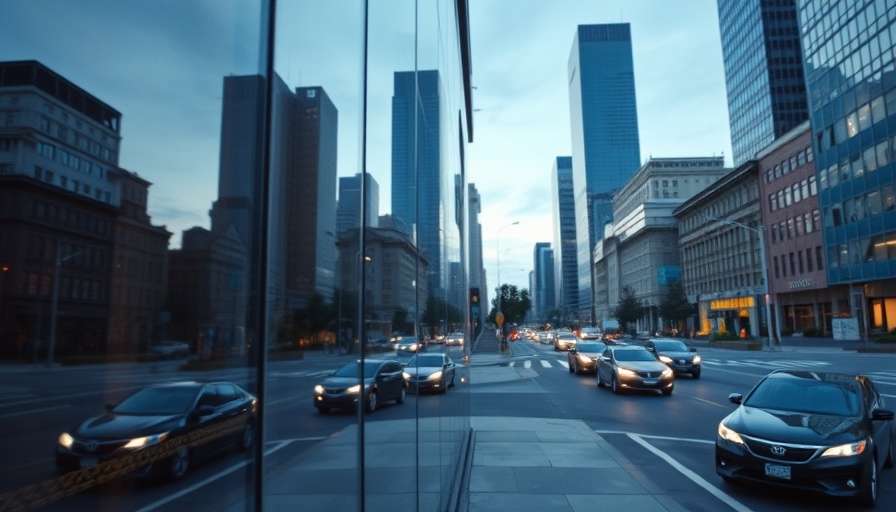
Green Achievements: Pittsburgh's Remarkable Reduction in Carbon Emissions
In an inspiring achievement for urban sustainability, the Pittsburgh 2030 District has made headlines by slashing carbon emissions by an astonishing 52% in just one year. Covering more than 135 million square feet across 1,300 buildings, this initiative is a testament to the power of collaboration between local businesses and policymakers. Surpassing its goal of cutting emissions by 50-65% by 2030 a full six years ahead of schedule, the district showcases immense potential for sustainability amidst the lingering challenges posed by climate change.
Why This Matters for Small Hospitality Businesses
For boutique hospitality professionals—whether small hotel owners, Airbnb hosts, or eco-lodge operators—this achievement is not just a statistic. It signifies a shift in the marketplace that favors sustainable practices. Lower carbon footprints not only lead to savings, as evidenced by the $44.2 million cut in utility costs for the district, but they also enhance the appeal of properties to environmentally conscious travelers. Guests are increasingly looking for eco-friendly stays, and aligning with sustainability goals can significantly boost occupancy rates.
Inspiration for Sustainable Practices in Hospitality
The success of the Pittsburgh 2030 District provides a roadmap for small businesses to incorporate sustainable practices into their operations. Simple strategies such as utilizing off-grid solar systems, promoting urban farming initiatives, and creating green spaces can resonate deeply with guests. Imagine offering farm-to-table dining experiences that highlight local produce, or creating cozy eco-friendly accommodations powered by solar energy.
A Lesson in Collaboration and Community Engagement
Jenna Cramer, Executive Director of the Green Building Alliance, emphasizes that Pittsburgh's industrial legacy helped pave the way for its sustainability revolution. Her words highlight the importance of collaboration—something boutique hospitality operators should also embrace. By working with local organizations and businesses, hospitality ventures can participate in community-wide sustainability efforts, improving their carbon footprint while fostering stronger relationships with guests and local residents alike.
Future Predictions: Trends in Sustainable Hospitality
As urban areas globally face the repercussions of climate change, the Pittsburgh model could serve as a blueprint for cities and hospitality sectors alike. With the increasing emphasis on corporate sustainability, businesses that take proactive steps toward reducing their fossil fuel reliance will not only contribute to a healthier environment but can also establish a loyal customer base. The future may see more properties adopting practices such as biodegradable packaging (goodbye, plastic wrappers!) and investing in wildfire detection technology as part of their sustainability efforts.
Practical Insights: Actions Boutique Hospitality Owners Can Take
For those in the hospitality sector, taking actionable steps towards sustainability can be both rewarding and impactful. Here are a few practical tips:
- Implement Energy Efficiency: Conduct an energy audit to see where improvements can be made, focusing on lighting and heating systems.
- Invest in Solar Solutions: Solar-powered businesses reduce electricity costs while improving environmental impacts.
- Engage Guests: Offer programs like incentivizing guests for using public transport or providing discounts for longer stays, which allow travelers to explore more sustainably.
Summary of Value: Why This Matters
In an era where sustainability is no longer an option but a necessity, the accomplishments of the Pittsburgh 2030 District underline the importance of collaborative efforts in reducing carbon emissions. For boutique hospitality professionals, adopting these practices not only enhances business prospects but also contributes positively to the planet. This is the moment to inspire change, one sustainable choice at a time.
 Add Row
Add Row  Add
Add 




Write A Comment